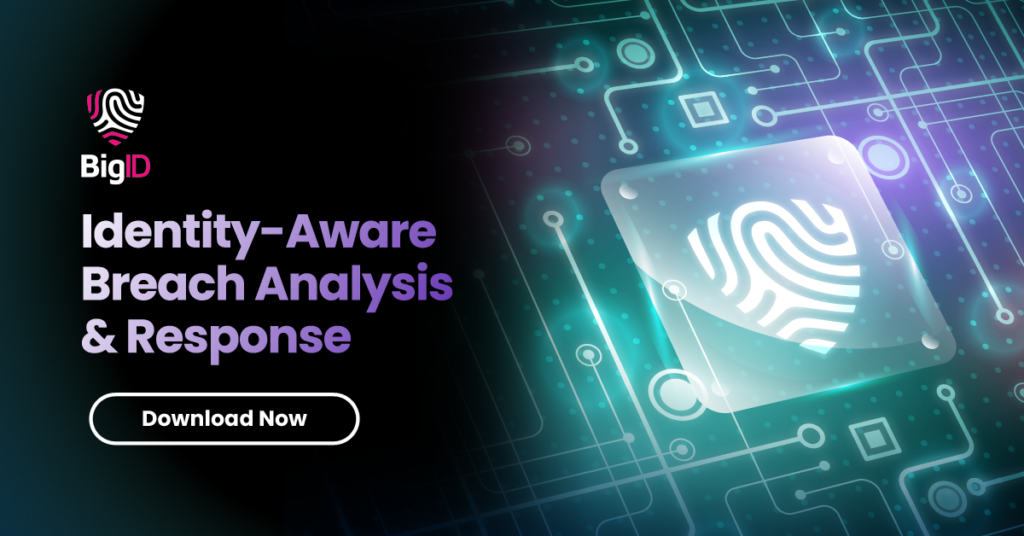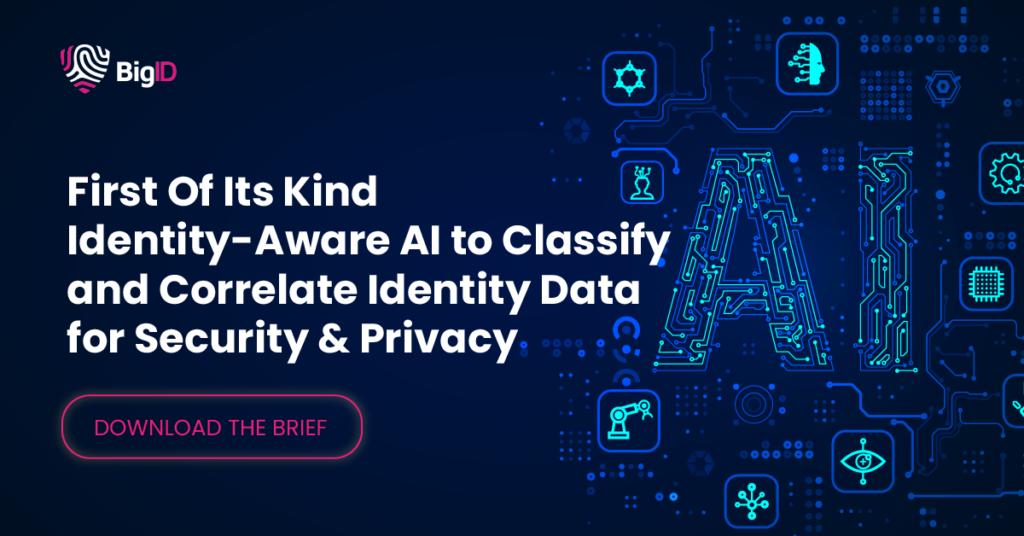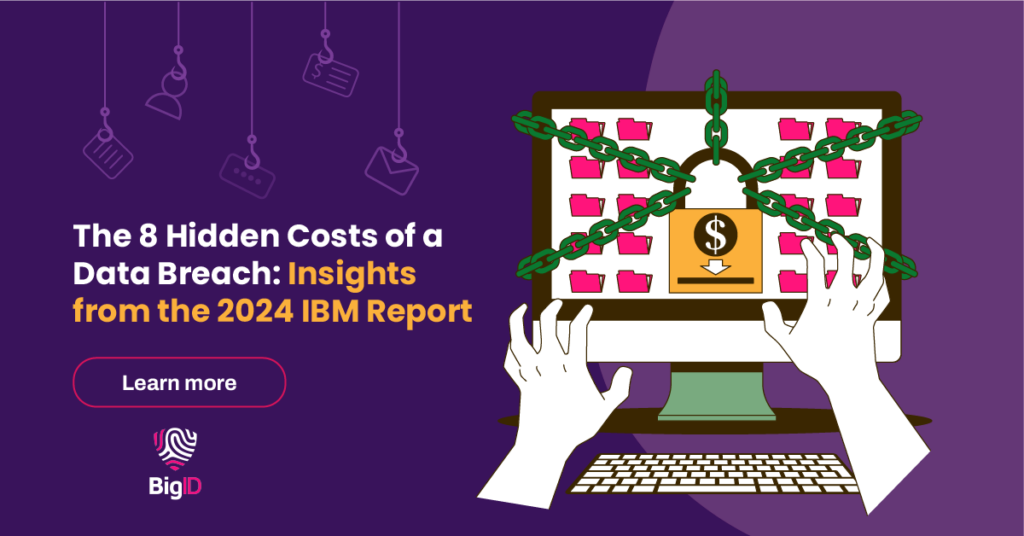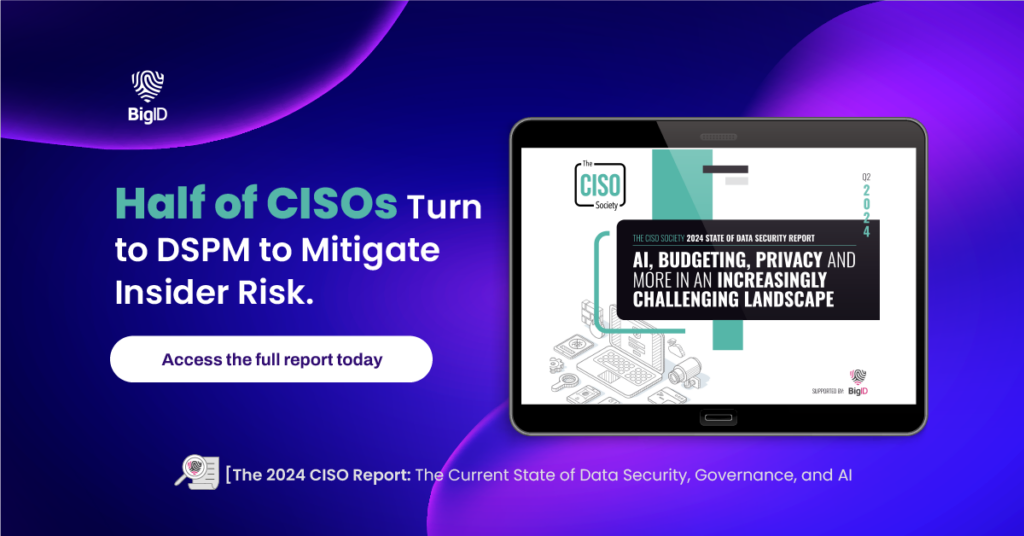If 2023 taught us anything about data security, it’s that breaches aren’t just knocking on our doors—they’re breaking and entering. With the release of IBM’s 2024 Cost of a Data Breach Report, the magnitude of this threat has become more apparent than ever before. Not only are breaches increasing in frequency, but they’re also becoming more expensive, damaging, complex, and complicated to prevent.
So, what can we learn from the latest report, and how can your organization turn these insights into actionable strategies? Let’s dive into the key takeaways from the 2024 report and explore what they mean for businesses aiming to stay ahead in a world fraught with data risks.
1. The Average Cost of a Data Breach Hits a Record High
In 2024, the average data breach cost soared to a staggering $4.88 million up from 4.45 million in 2023—the highest ever recorded in IBM’s annual report’s history. The increase was driven by a rise in the cost of lost business ($2.8 million), which include lost customers, downtime, post-breach cost, and regulatory fines.
This reflects the increasing frequency of cyberattacks and the growing sophistication of daily threats organizations face. Cybercriminals are pulling out all the tricks, from phishing scams to ransomware attacks.
What This Means for Your Business:
The financial hit from a breach is no longer just a minor inconvenience—it can make or break your business. It is crucial to invest in stronger cybersecurity technologies and conduct regular data risk assessments to identify vulnerabilities before attackers find them.
How BigID Can Elevate Your Data Security Strategy:
BigID is the first Data Security Posture Management (DSPM) solution to identify and protect sensitive and regulated data across the cloud and SaaS to mitigate the risk of unauthorized exposure and regulatory non-compliance. With BigID’s data-centric risk-aware approach to cybersecurity organizations can improve their security posture, streamline remediation, ensure compliance, shrink the attack surface, and reduce data risk.
2. The Long Tail of Breaches & The Hidden Costs of Time
Even though the average time to identify and contain a breach has decreased, it’s still a sobering statistic from the report as it still takes 258 days compared to 277 Days to identify and 84 days to contain. This means that businesses are dealing with active breaches for over 8 months on average, allowing more time for damage to spread and data to be compromised.
Additionally, breaches that took over 200 days to contain had the highest average cost, at $5.46 million, which was an increase by nearly 10.3% compared to the previous year.
What This Means for Your Business:
Time is money—especially when it comes to data breaches. Organizations need to be hyper-vigilant, with rapid incident response plans in place to detect and contain breaches quickly. Businesses should prioritize real-time monitoring and response tools that can drastically cut down the timeline from discovery to remediation.
How BigID Can Elevate Your Data Security Strategy:
BigID helps organizations prevent and respond to cybersecurity incidents and data breaches to reduce risk and achieve compliance with several data privacy (GDPR, CCPA) and regulatory requirements (SEC Incident Response & Disclosure). BigID enables organizations to pinpoint who’s personal data was affected with identity mapping and identify where the data originated to minimize the impact of a breach—- and generate breach impact reports for regulators and auditors.

3. Hybrid Cloud Breaches Are the Most Expensive
About 40% of all data breaches involved distribution across multiple environments, such as public, private clouds and on premises. The report notes that hybrid cloud environments are among the costliest to protect, with an average breach costing $5.17 million, a 13.1% increase from the previous year. This is largely due to the complexity of managing multiple environments, systems, and access points.
While cloud adoption continues to rise, organizations with poorly configured or mismanaged hybrid environments have seen themselves particularly vulnerable to breaches, often dealing with higher remediation costs than fully on-premise or purely cloud-based counterparts.
What This Means for Your Business:
Businesses need to rethink how they approach hybrid cloud security. Ensuring comprehensive visibility across all cloud environments and implementing rigorous access management policies are key to minimizing the financial burden of breaches in these complex ecosystems.
How BigID Can Elevate Your Data Security Strategy:
BigID is designed to help organizations manage and secure their cloud data more effectively, responsibly, and consistently. BigID provides a significant advantage as BigID’s products are the first and only Data Security Posture Management (DSPM) solution certified by the EDM Council and adhere to the Cloud Data Management Capabilities (CDMC) standards for security, privacy, and critical data controls across the multi-cloud.

4. AI and Automation Provide a Silver Lining
Despite the bleak cost trends, there is hope: AI and automation are proving to be game-changers for mitigating the impact of a breach. According to the report, organizations with fully deployed AI and automation to security prevention were able to save nearly $2.22 million in breach costs compared to those without.
AI-driven data security measures can quickly detect threats and triage incidents, and automatically apply remediation efforts, reducing both breach time and overall damage.
What This Means for Your Business:
AI isn’t just a nice-to-have—it’s becoming essential for modern cybersecurity. If your organization isn’t leveraging AI-powered tools for threat detection, response, and even predictive analytics, you’re leaving millions on the table in potential breach costs. Invest in AI and automation to boost your defense capabilities and lower your bottom line in the event of a breach. It can also be beneficial to your cybersecurity insurance premiums.
How BigID Can Elevate Your Data Security Strategy:
With BigID, take the error-prone, resource intensive manual roadblocks away and turbocharge your data security with automation. By employing AI-driven data discovery, threat detection and incident response, organizations can better understand their data landscape, identify potential vulnerabilities and reduces the time between breach detection and mitigation to minimize potential damage. BigID take a defense-in-depth approach to automating manual processes, improving accuracy and actionability, and applying AI & ML to cut through the noise, improve risk management, and enable a robust data security strategy.

5. Cyber Attacks Continue to Rise
The 2024 report highlights a troubling trend: the cost of data breach for the 3 types of extortion attacks has continued to rise, making this trio the most financially devastating types of breaches. With destructive attacks ($5.68 million), data exfiltration ($5.21 million) and ransomware ($4.91 million) average cost increasing year over year—these attacks show no signs of slowing down.
What This Means for Your Business:
Extortion attacks are not going away anytime soon. Companies need to implement robust cybersecurity solutions, prepare comprehensive incident response strategies, protect sensitive data and ensure employees are trained to prevent phishing or malware attacks that commonly serve as the entry point for extortion.
How BigID Can Elevate Your Data Security Strategy:
With BigID, you can take action and implement the proper security controls and protective measures around secrets, as well as all other types of sensitive, regulated, and personal data. BigID enables organizations to centralize detection, investigation, and remediation of critical data exposure and get a complete overview of your most critical risks across your entire data environment.
6. Data Still Lurks in the Shadows
Dark and shadow data tends to be found in every type of environment but 25% of data breaches involve shadow data located specifically on premises. The findings suggest that shadow data isn’t strictly a problem related to the cloud.
But wherever the breach occurs, the average cost of a data breach involving shadow data was $5.27 million, 16.2% higher than the average cost when shadow data is not present.
To go even a step further, breaches involving shadow data took 26.2% longer to identify and 20.2% longer to contain. These increases resulted in data breaches lasting longer than the normal average lifecycle of 291 days, 24.7% longer than data breaches without shadow data.
What This Means for Your Business:
In the cybersecurity landscape where data visibility equates to control, letting dark and shadow data proliferate unchecked comes with hidden dangers and cost. Dark data and shadow data isn’t under the right security controls only amplifies your risk, vulnerabilities, unauthorized access, and potential data leaks and breaches. By uncovering these hidden corners of your data ecosystem, you can better defend against the threats that lurk in the shadows.
How BigID Can Elevate Your Data Security Strategy:
BigID can eliminate your blind spots by uncovering shadow data and build a dynamic data inventory for all of your data, everywhere. Use BigID to automatically discover data across the cloud and on prem, uncover dark data, and validate your data inventory to understand what data you have, how sensitive it is, and leverage native controls on that data to reduce risk.
7. Adopting AI Quickly but Securing Slowly
While organizations adopt gen AI quickly, they need to take a security-first approach to gen AI, as only 24% of gen AI projects are being protected. The lack of security could expose sensitive data, IP and data models to breaches, potentially eliminating any benefits gen AI could deliver.
What This Means for Your Business:
As gen AI adoption continues to grow, building a security framework to secure gen AI data, models and usage, and developing AI governance controls has become a necessity with new AI regulatory (EU AI Act) requirements. Businesses need to secure the AI training data by protecting it from theft, manipulation and breaches.
How BigID Can Elevate Your Data Security Strategy:
With BigID you can proactively govern AI based on privacy, sensitivity, regulation, and access to achieve regulatory compliance. Effectively minimize AI risk by building security by design within the AI development and data lifecycle to develop, utilize, and implement AI technologies safely and securely.
8. Insiders Still Pose a Big Threat
There are several initial attack vectors for data breaches, such as compromised credentials, phishing, social engineering, etc.. Compared to the other vector though, malicious insider attacks have the highest average cost at USD $4.99 million.
What This Means for Your Business:
Insider risks will continue to be a major concern for organizations, as it leads to data breaches, financial fraud, IP theft, and more. The potential risks, whether they derive from malicious insider intent or—more often from inadvertent actions it can seriously compromise sensitive data, impact the bottom line and damage reputations. Businesses need to take action and implement the proper controls and protection measures around sensitive data to reduce the risk of unwanted exposure and use across all your data.
How BigID Can Elevate Your Data Security Strategy:
BigID enables businesses to mitigate Insider risk by proactively monitoring, detecting, and responding to unauthorized internal exposure, use, and suspicious activity around sensitive data. Natively revoke access permissions and streamline access rights management with the necessary access control to achieve Zero Trust.
Turning Insights into Action
The 2024 IBM Cost of a Data Breach Report offers a detailed and often alarming look into the growing risks businesses face. But with the right strategy, technologies, and foresight, organizations can significantly mitigate their exposure and save millions in the process.
From AI-driven solutions to rapid incident response, the key takeaway is clear: proactive, strategic investments in cybersecurity will pay off in the long run. As threats evolve, so too must your cyber defenses. Embrace the insights from the report to future-proof your organization and confidently navigate the evolving data landscape.
Ready to take action? Start evaluating your cybersecurity measures today and ensure your business is prepared for future data threats by booking a 1:1 demo with our experts.


